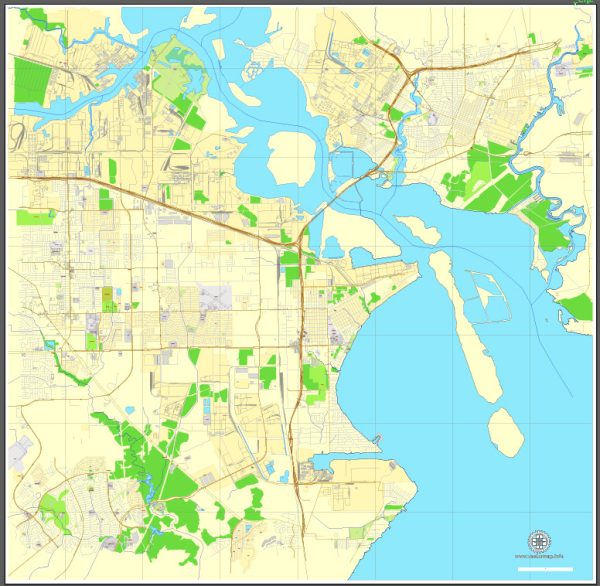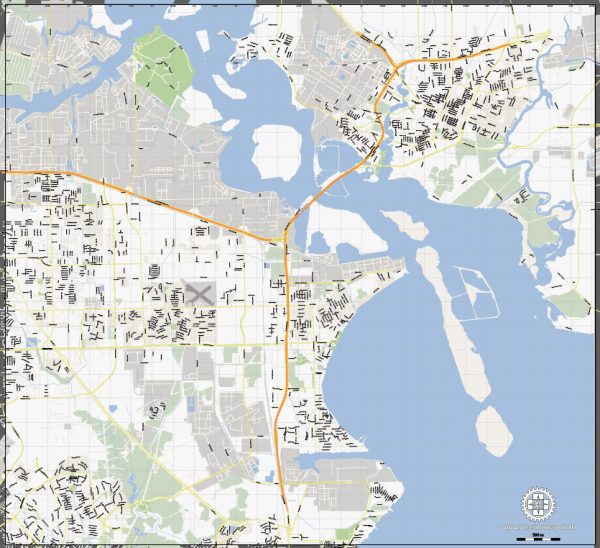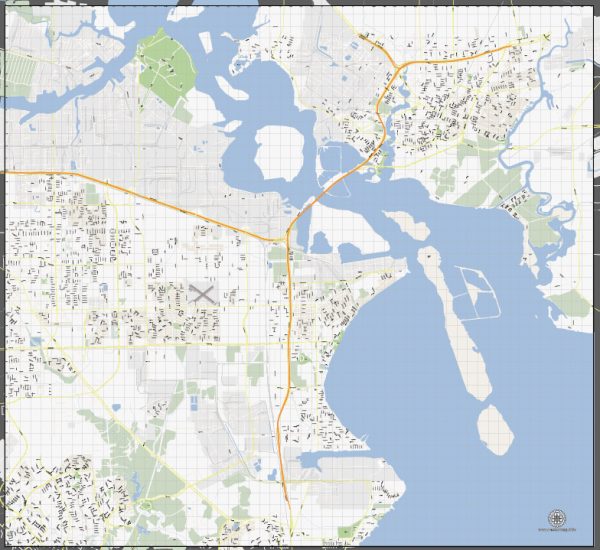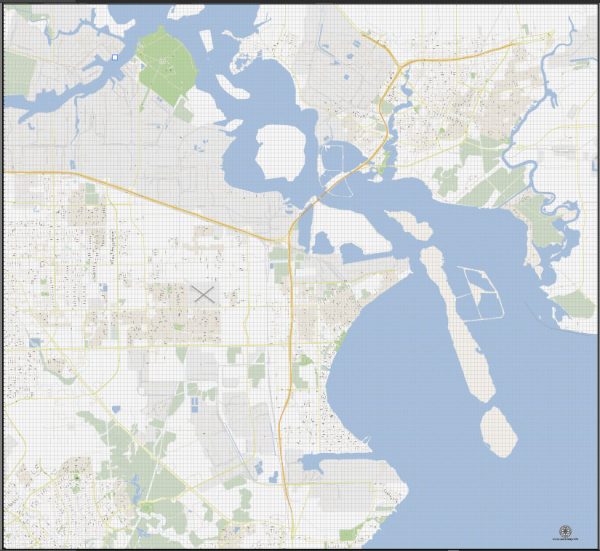La Porte and Baytown are neighboring cities located in the southeastern part of Texas, USA, and are part of the Greater Houston metropolitan area. Both cities have a rich history of urban development that reflects the broader economic and social changes in the region.
La Porte: La Porte’s history can be traced back to the early 19th century when the area was primarily inhabited by Native American tribes. The arrival of European settlers in the mid-1800s, drawn by the natural resources and strategic location along the Galveston Bay, led to the establishment of a community. The town’s name, which means “The Door” in French, is believed to reflect its role as a gateway to the bay.
The development of La Porte gained momentum with the expansion of the railroad in the late 19th century, facilitating transportation and trade. The discovery of oil in the early 20th century further boosted the local economy, as the petroleum industry became a significant driver of growth. The city continued to evolve with the establishment of industries, petrochemical plants, and the construction of the Barbours Cut Terminal, one of the largest container terminals in the United States.
Today, La Porte is a thriving community with a mix of residential, industrial, and commercial areas. The city has preserved elements of its historical architecture, such as the Sylvan Beach Pavilion, which dates back to the early 20th century, providing a glimpse into its past.
Baytown: Like La Porte, Baytown’s history is closely tied to the oil and petrochemical industry. The city’s roots can be traced back to the early 20th century when the Humble Oil and Refining Company (now ExxonMobil) established a refinery in the area. This marked the beginning of Baytown’s transformation into a major industrial hub.
The city’s growth was further fueled by the completion of the Houston Ship Channel, connecting the Gulf of Mexico to the Port of Houston. This development turned Baytown into a key transportation and industrial center. Over the years, additional refineries and chemical plants were established, solidifying Baytown’s reputation as an important player in the energy sector.
The urban development of Baytown expanded with the growth of residential areas, schools, and commercial establishments to support the increasing population. Today, Baytown remains a significant industrial center while also offering a diverse range of amenities and services for its residents.
Both La Porte and Baytown continue to play integral roles in the economic landscape of the Greater Houston area, with their histories closely intertwined with the development of the oil and petrochemical industries in Texas.





 Author: Kirill Shrayber, Ph.D.
Author: Kirill Shrayber, Ph.D.